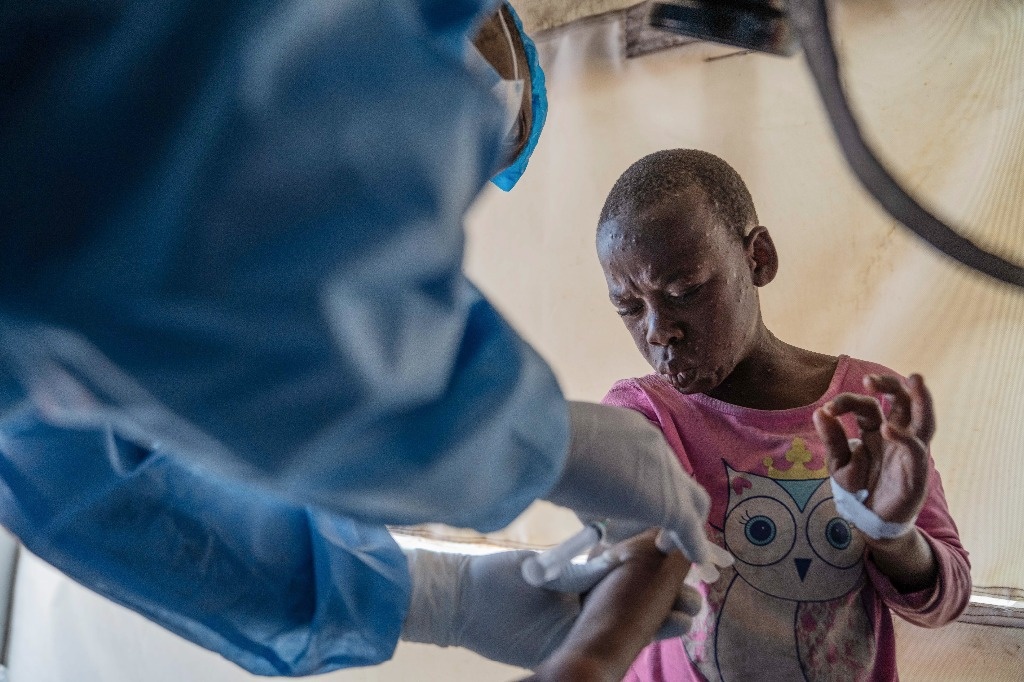Even though it seems that technology and the Mexican financial system are advancing on a large scale, our country persists with a lag in terms of the adoption of virtual banking services; even in countries like Peru and Colombia, the proportion of older adults who make or receive payments is higher, revealed a study conducted by BBVA Mexico.
While the use of technology applied to financial services can help a greater number of people have access to credit and savings products and thereby boost development and growth levels, several challenges persist in Mexico.
“Behind digitalization there are challenges to be solved, for example, those related to financial and digital education, where work must be done from the public, private and academic sectors so that users take advantage of digitalization to efficiently use financial products, as well as generate an anti-fraud culture and improve the security, privacy and confidentiality of data,” said BBVA.
According to the study How does digitalization contribute to financial inclusion? According to BBVA, having digital financial products has allowed more people to have access to cards, mainly debit cards, and there are more contracts that allow bank customers to carry out their transactions via cell phone.
He specified that, according to information from the Bank of Mexico (BdeM), the number of debit cards in force increased from 51.7 million in 2006 to 197.3 million in the first quarter of 2024, while from 2021 to the end of the first quarter of this year “there has been a greater growth in the number of debit cards compared to the previous period.”
He added that once people have access to digital products, it is best for them to use and take advantage of these financial instruments.
He exemplified that, according to the World Bank, in developing economies, of the adults who received some type of payment in an account (public or private sector salary, government transfers or pension payments, payments for the sale of agricultural products or internal remittances), 83% made a digital payment.
At the same time, he said, two-thirds used the account to store money and manage cash, and approximately 40 percent used their account to save or apply for credit.
However, he clarified that between 2014 and 2021, countries such as Peru and Colombia surpassed Mexico in terms of digital payments by adults.
While in our country the proportion rose from 34.5 to 43.9 percent, in Peru it was from 22.6 to 49.1 percent; while in Colombia it increased from 32.6 to 52.1 percent, BBVA added.
The bank therefore considered that in our country it is necessary to expand the range of products and services, both public and private, that accept and distribute digital payments, and it is essential to “generate tools that encourage taking advantage of the benefits offered by digitalization and make use of it.”
#Peru #Colombia #surpass #Mexico #digital #payments #BBVA
– 2024-08-22 19:45:00


